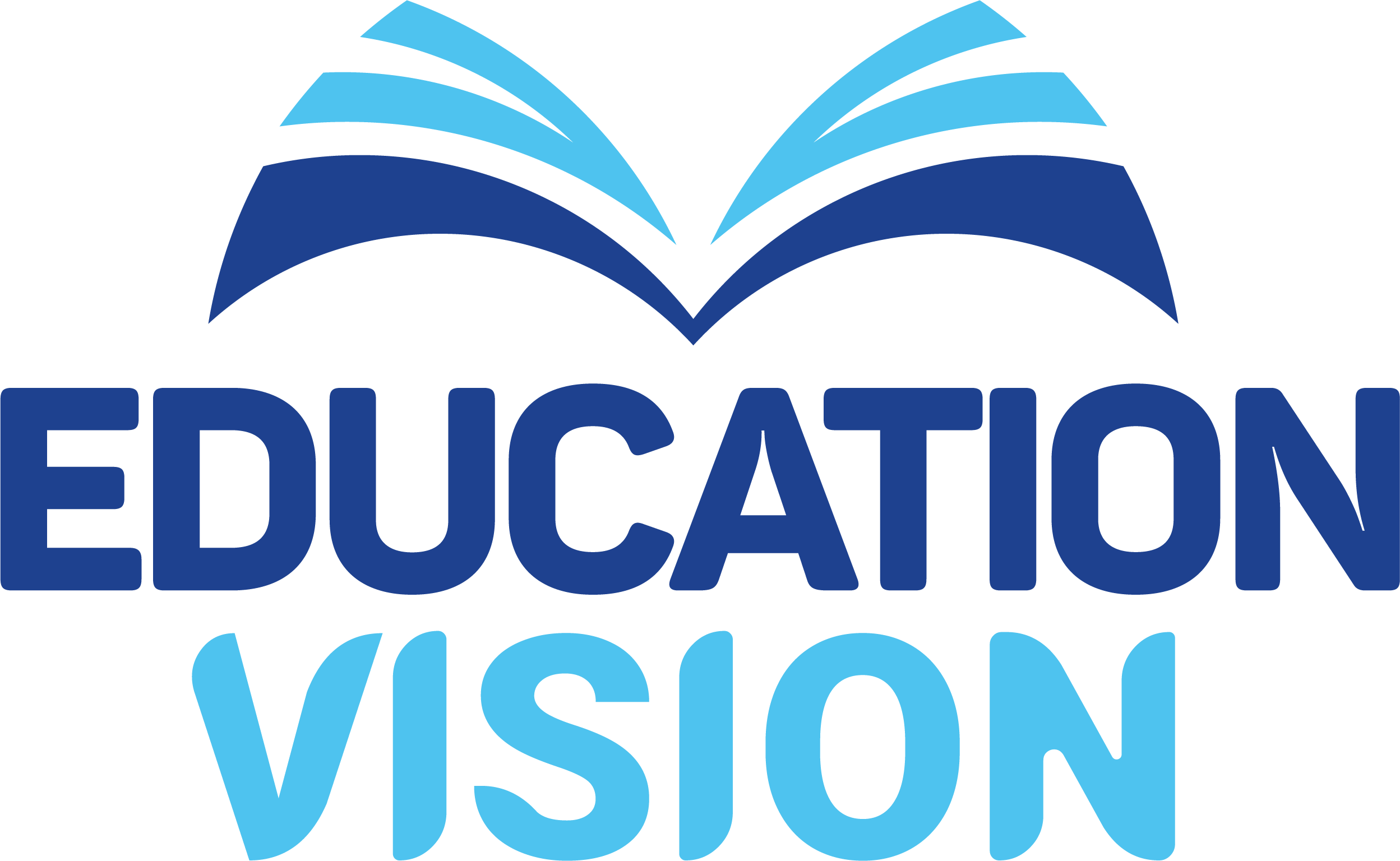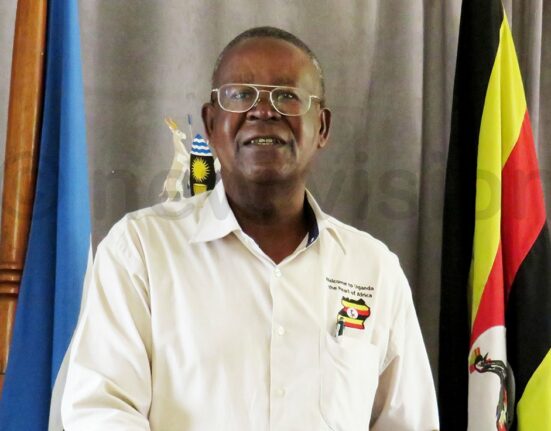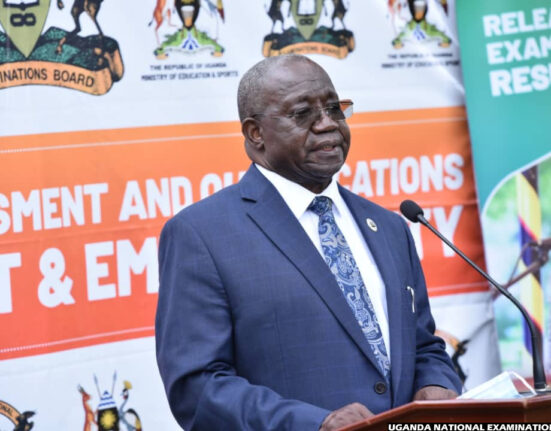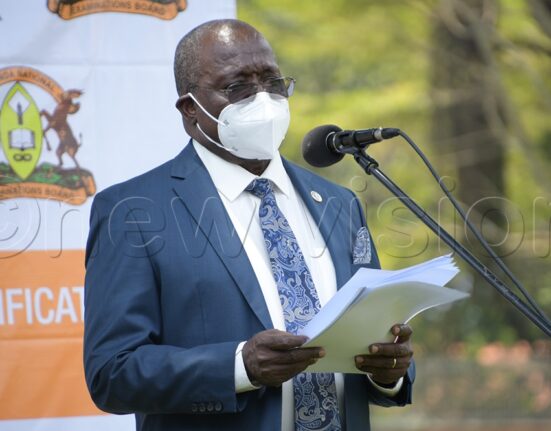- A child with 64 marks to get an ‘A’
- UNEB exams will be short and precise
- UCE certificates to be descriptive

The education ministry, through the National Curriculum Development Center (NCDC), has concluded the assessment framework for the competence-based lower secondary school curriculum. The framework describes how S4 questions will be set by UNEB and how children will be graded, writes Martin Kitubi
The Uganda National Examinations Board (UNEB) will change its question format under the new lower secondary school curriculum, documents have indicated.
According to the Assessment Framework for the Lower Secondary Curriculum, the UNEB questions will be as precise as possible.
The move, according to the framework, is aimed at ensuring that the construction of examination system reduce stress on the learners and an undesirable backwash onto the curriculum.
Before exams are passed, the Government will appoint an independent team to ascertain whether the questions are fit for students.
“We will appoint independent reviewers who have not been involved in the construction of the examination, whose task will be to scrutinise all draft examination components to ensure their compliance,” the framework reads.
UNEB GRADING CHANGED
According to the framework, the designs and appearance of the UNEB results slips and certificates will change.
Going forward, UNEB will be required to provide certification that gives most comprehensive information possible about what each learner has achieved.
This arrangement will replace UNEB’s summarised certificates that only show results.
As part of the assessment, government has introduced a new grading system for O’level similar to that used at A’level. According to the framework, a learners’ end of cycle summative achievements in each subject will be shown in the letter grades A,B,C, D and E, where A is the highest and E, the lowest. The letter grades will replace Distinctions, Credits, Pass and Fail, that are used currently.
Under the current system, a Distinction (D) is the highest score a child can get at the lower secondary school, whereas an F, which standards for Failed, is the lowest.
There are two Distinctions awards, 1 and 2, under the old system.
The other awards under the old system are Credits (3, 4, 5 and 6) and Pass (7 and 8), F9 (failed).
Under the proposed grading system, letter grade A will be equivalent to one who scored between 64 and 80 marks. The letter grade will be used to mean that the learner achieved exceptionally well, and that is outstanding in all areas of competency.
Letter grade B will be equated to a child who will have scored between 48 to 63 marks, indicating that the learner achieved competences well and that he or she is highly proficient in most areas of competency.
A child who has grade C in a subject will have scored between 32 and 47 marks and that will have achieved basic competences.
The learner will have also mastered the competences satisfactorily in known situations and contexts.
Letter grade D will represent scores between 16 and 31, indicating that the child achieved a minimum number of basic components to be considered competent.
According to the framework, the learner may not have achieved all the competencies, but has sufficient competency to go to the next level.
A learner who will score between 0 and 15 marks at the end of cycle exams in a subject will get grade E, indicating that the learner did not achieve majority of the basic competences.
The later grade E will also indicate that the learner has not been able to reach a minimum level of competence.
THE FOUR KINDS OF ASSESSMENT
The framework also confirms that there will be four different assessments under the lower secondary school curriculum. These include the use of formative assessment during the teaching and learning process, summative easement to be conducted within the classroom or at the school that contributes 20% to the end of cycle certification.
There will also be the end of cycle summative assessment administered by UNEB and this will be marked out of 80%.
The proposed grade and mark ranges are for the UNEB examinations, which will contribute to 80% of the end of cycle certification.
The fourth assessment is the summative assessment for the world of work.
According to the framework, the formative assessment is intended to monitor learning and provide feedback. It is also intended to identify gaps in the methods of delivery and to know what to focus on as the lesson progresses from known to the unknown.
However, the assessment framework says it does not contribute to the final mark, scores or grades. It indicates what learning outcome has not been achieved and the area to be improved.
The assessment framework recommends that the formative assessment be conducted through a number of means, not just by written or oral assessment.
Under the school-based assessment, the education ministry introduced three clusters of scores, 3, 2 and 1, to be used in computing the 20%.
Score 3 will be the highest and it replaces Distinctions, Score 2 replaces Credits, whereas Score 1 replaces Passes and Failures under the new lower secondary school curriculum assessment.
After the script or the child has been marked, the percentage marks will then be converted into the new scores.
Sources familiar with the new O’level curriculum have revealed that the assessment framework has been handed over to UNEB to prepare for use.

Government Explanation
Dr Denis Mugimba, the education ministry spokesperson, explained that the lower secondary school curriculum is already in use. Children enrolled under the new curriculum, he said, will be assessed under the new terms provided for under the terms of the competence-based curriculum.
Dr Grace Baguma, the director of NCDC, noted that the pioneers of the lower secondary school curriculum are currently in S2, and that the school-based assessment will start next year, when they will be in Senior Three.
“The beauty of this competence-based curriculum is that the assessment will also capture other good things the child would have learnt throughout school, such as talents, games and sports, among others,” she said.
“The current system only looks at the child’s academic prowess. This is why government guided that we have a system that recognises skills and talents. We have subjects that have a vocational section, and children who take them will leave O’level with two certificates. This is good and we hope it will address the unemployment burden.”
Reaction From Teachers
A section of teachers contacted by New Vision said the proposed assessment is fair to learners since it focuses on skills and competencies.
However, they recommended that teachers need to be trained to match the current demands in teaching and assessments.
Vincent Elong, the national chairperson of the Professional Science Teachers Union, also backed the proposed grading system.
Elong, who is also a chemistry and mathematics teacher at City High School in Kampala, said: “Unlike the old assessments that focused on knowledge and promoted cramming to pass exams, the proposed grading system focuses on the learners’ skills and competencies.”
He added: “I think the proposed system is more realistic than the current one. It awards you marks according to your skill and not cramming.”
Medi Sifuna, a teacher in many private schools, said: “The proposed system will address cheating of exams because it asses what the learner can do practically.”
New Curriculum Changes Fact Sheet
Study Hours Reduced
The implementation of the competence-based lower secondary school curriculum started in February 2020, with Senior One students.
However, as part of the changes, the number of hours students spend in a classroom were reduced to six, from nine, according to the new O’level curriculum, which has also cut the number of subjects to be taught from 42 to 20. This implies that instead of starting classes at 8:00am and end at 4:00pm, teachers will to start at 8:00am and end at 2:50pm.
The remaining time will be used by students to do their own projects.
According to the new curriculum for lower secondary schools, the Uganda Certificate of Education (UCE) will account for 80% of the marks.
The other 20% will be accumulated right from Senior One through the continuous assessment system, which will be adopted next year. Under the new curriculum, each class will have a different textbook and will have specific content to be covered at each level.
These will be classified as book S1, S2, S3 and S4 and that it will cut across subjects to be taught in a particular school. Under the new curriculum, schools will also have teachers’ guide textbooks to facilitate learning.
Physical Education (PE), will be examinable by the Uganda National Examinations Board.

Although Physical Education has been one of the compulsory subjects in primary schools, it lacked a syllabus at the lower secondary level.
In the new PE syllabus, it will be compulsory for all learners in Senior One and two, then optional for learners in Senior Three and four.
PE will have two periods per week for Senior One and two and then four periods per week for learners in Senior Three and Four.
The PE syllabus emphasises learners’ development of skills, values and positive attitude towards healthy leaving through active lifestyles.
Under the new lower secondary school curriculum, Kiswahili will be compulsory for all Senior One and two students. However, it will be among the elective subjects one can do at Senior Three and Four.








Leave feedback about this